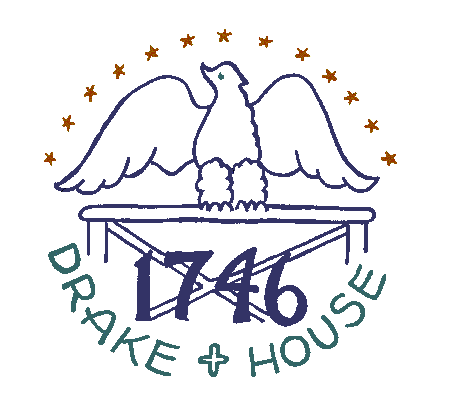 |
|||||||||||||||||
|
|
|||||||||||||||||
|
|
|||||||||||||||||
 |
||||
TO TAKE A LOOK BACK
at time measuring devices during the Age of Washington, we have unearthed an interesting piece on clockmakers of New Jersey from Walter H. Van Hoesen's Crafts and Craftsmen of New Jersey. Many of these early
craftsmen were also silversmiths and most were assisted by woodworkers for their cases. A graduate of Plainfield High School and writer for the Plainfield Daily Press, Van Hoesen was a correspondent for
such publications as the New York Times, and the Elizabeth Daily Journal. From 1956 to 1968 he wrote the "Appeal of Antiques" column for the Newark Sunday News. His in-depth research on early crafts
and craftsmen of New Jersey is an important tool as we use our local resources to uncover life during the Age of Washington.
ALTHOUGH MUCH HAS BEEN WRITTEN about early American clockmakers, only
scant attention has been given to those sturdy members of the craft who were in New Jersey during the latter part of the eighteenth and early part of the nineteenth centuries. There were more than two-score of them, and
splendid examples of their work are to be found. The art of clock making was practically full grown when it reached America. The first of the craft was William Davis, who hung out his sign for business in Boston in
1683; it was more than half a century later before others were working in New Jersey. By that time the colonies were about midway in the era stretching roughly from 1700 to 1800, during which time tall clocks were the
generally accepted instruments for measuring time. There were a few of the so-called lantern and bracket type of clocks in New Jersey, but they were all either of New England or foreign origin. As a matter of fact,
many of the tall clocks were made outside the state, but the craftsmen with whom we will deal met most of the demand from about 1760 until well into the nineteenth century. Surprisingly large proportions of the New
Jersey clockmakers were silversmiths as well, and gradually they turned their talents in that direction. After 1825 the popularity of the grandfather type began to wane, and the mantel clock, and also the banjo clock,
found favor with Jerseymen. Instead of following the trend of the times, it appears that most of the native clockmakers turned more and more to the jewelry business. They kept shops that offered trinkets and a variety
of other wares, including the smaller shelf and wall clocks, which were turned out in ever-increasing numbers by Eli Terry, Seth Thomas, and others in Connecticut. Here and there a veteran of the hand-made period
continued to fashion tall clocks on order, but no group of younger men arose to succeed them and apprentices in the trade became for the most part purveyors and repairers of the new styles from Connecticut, where the
clockmaking industry came to center. Many of the early New Jersey clockmakers were unknown when I first undertook to find out about them, and several were credited by some authorities to other sections. Aid in
identifying them came from unexpected quarters in the person of a one-time New York business man. Tiring of the prosaic task of keeping books in a bank, he turned to repairing clocks, after the exacting manner learned
in his youth as an apprentice in his father's shop. In company and separately, the two of us covered a large part of the state in search for old clocks. He put in running order those which needed only the touch of a
familiar hand, while I concentrated on gathering information about the makers. Some we found were turned out by Eli Terry, the Willards, and contemporary New Englanders, while others were of English origin, brought to
this country by colonial ancestors. More important, we located some tall, graceful grandfather clocks in their mahogany and cherry cases that had been produced by Jerseymen. It is difficult arbitrarily to place any
Jersey clockmakers in the forefront as master of his craft, because each of them has left behind excellent examples. The group includes Aaron Miller and Isaac Brokaw of Elizabethtown; Aaron Brokaw of near-by Rahway
(Bridge Town); Joachim Hill of Flemington, in Hunterdon County William Leslie and contemporaries in Trenton; John Nicholl of Belvidere, and Peter Lupp (Leupp) of New Brunswick. |
||||
Contents of any advertisements associated with this page are NOT endorsed in any way by |
||||